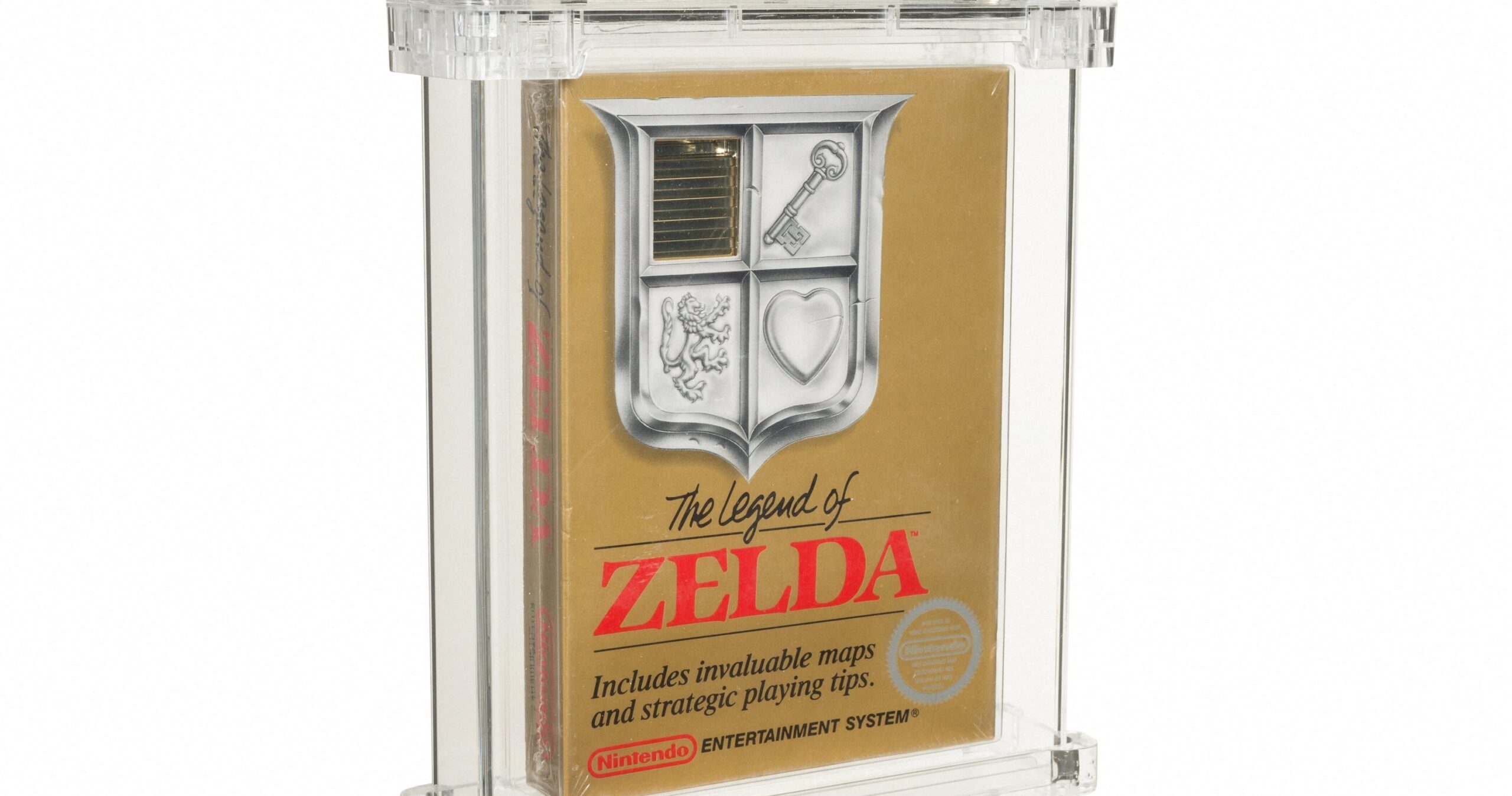Share
This was one of the strangest E3’s I’ve ever had the pleasure of experiencing, and it seemed like just about everyone, from journalists to publishers, were unclear on how things were supposed to function. The E3 portal was a mess and some of the showcases felt like they could be summed up in a simple email. It was a “chaotic” year to say the least, but the feeling of excitement was still present in some ways.
More than anything it was a fantastic year for indies and a lot of smaller developers really had a chance to show off their hard work. The benefit of a digital-only show is certainly more chances for more titles to take the spotlight. Many of my favorite games this year come from indie devs, but there were some surprises on the triple-A side as well.
Microsoft and Nintendo both had strong showings, and both JRPGs and SRPGs are coming back with a vengeance. As a massive fan of both genres I’m hopelessly excited for what’s coming over the next couple of years. With that in mind here are my ten favorite games shown off at this year’s E3, in no particular order.
Metroid Dread

Metroid Dread is by far the most exciting announcement at E3 2021, and Metroid fans, like myself, have been waiting years for a brand new entry. Metroid: Samus Returns was an utterly brilliant reimagining of Metroid II, and seeing MercurySteam return to the franchise has me excited beyond belief.
The trailer for Metroid Dread hit perfectly and showed that the same oppressive atmosphere as past games is still alive and well. So much about Metroid Dread reminds me of my favorite game in the franchise, Metroid Fusion. From the nail-biting scenes where robots chase Samus to the restrained use of music and sound effects. It’s a project over a decade in the making, and I’m hoping Metroid Dread can truly push one of Nintendo’s most overlooked series in a new direction.
Advance Wars 1+2: Re-Boot Camp

Advance Wars was in its heyday on the Game Boy Advance, which was also home to some fantastic Fire Emblem titles. Unfortunately, when Fire Emblem hit mainstream popularity in the West, with the release of Fire Emblem: Awakening, Advance Wars was left in the dust.
Advance Wars puts a brilliant twist on grid-based strategy, letting you command entire armies as you struggle for control of vital buildings and bases on each map. The sprite-based combat animations were also utterly charming. Seeing Advance Wars come back with a shiny new art style is honestly something I never thought I’d see, and while it’s a marked change from the original games the new art style almost makes everything look like toys, and I dig it. The first two Advance Wars are some of the best strategy games ever made, with some fun characters to boot, and the chance to play them again is all I can ask for.
Dark Deity

If you didn’t gather already, I’m a pretty big fan of strategy RPGs, especially ones done in the style of Fire Emblem. Dark Deity scratches an itch that I almost constantly have, giving me a fantasy RPG filled with inspiration from Fire Emblem, but also willing to try new ideas. A surprise release during E3 matches up perfectly with a lack of Fire Emblem from Nintendo, and although it certainly has some issues, Dark Deity is an impressive first effort from Sword and Axe Studio.
In truth, Dark Deity feels more like an RPG, with a huge focus on character growth and customization. There’s a support system that also packs in a lot of fun conversations between characters. Perhaps the best part of Dark Deity, however, is the map design, with almost every map sporting a different objective that ties into the story.
The Outer Worlds 2

The Outer Worlds 2 made explicitly clear that the game isn’t coming for a long time, but I literally don’t need to see anything else to be on board. The first Outer Worlds felt like the perfection of the Fallout 3 formula, filled with phenomenal characters, hilarious writing, and choices that actually impact the overall experience.
My favorite thing about The Outer Worlds is how compact the experience feels; yes it’s an epic sci-fi RPG but you won’t need to spend 100+ hours with it unless you want to. Obsidian created one of its very best games, and The Outer Worlds is one of the only titles I’ve played that consistently made me laugh throughout the entire experience. Seeing Obsidian jump back into that universe with next-gen technology and the full funding of Microsoft could turn The Outer Worlds 2 into something truly incredible.
Stranger of Paradise: Final Fantasy Origin

The reveal trailer for Stranger of Paradise is so easy to make fun of, and there’s even a supercut of every time the word “Chaos” is said. Spoiler, it’s eighteen times. It wasn’t the best reveal, and the demo not working on release certainly put even more of a damper on things. All that being said, however, after playing through the demo for Stranger of Paradise, it’s suddenly shot way up on my list of anticipated games.
Stranger of Paradise plays like a Souls-like but it has the essential DNA of a Final Fantasy game as well. Having different jobs to customize and switch between on the fly works well, especially with the magic-focused Black Mage. The Soul Shield mechanic is also a brilliant twist that gives you an insta-block as well as the ability to take enemy skills, Blue Mage style. The demo was buggy and janky, but there’s a lot of promise in Stranger of Paradise’s gameplay systems. I’m still not sure about the ultra grimdark tone and dudebro protagonists, but if there’s another absurd Tetsuya Nomura story on the way, sign me up.
Tales of Arise

Tales of Arise feels like a massive step up for the Tales series, with a world that feels so much more alive than ever before. It’s an interesting choice to mix photorealistic environments with the more stylized anime characters, but it honestly works well. The demo I played was brimming with wildlife running around and particles that make everything feel vibrant.
Of course, the big focus for any Tales game is the action combat system, and Tales of Arise doesn’t disappoint at all in that respect. Arise’s combat almost feels like a cross between Tales of Xillia and Star Ocean: The Last Hope, with a huge focus on linking long combos together. Combat is blazingly fast and a new assist system lets you call in any other party member to perform a special attack. It’s clear that Bandai Namco has put a ton of effort into making Tales of Arise really feel like an advancement. Tales is an important series for me, and the showing that Tales of Arise has had so far inspires a lot of confidence.
Terra Nil

Terra Nil is a fascinating idea, a reverse city builder that’s all about rebuilding the environment, rather than breaking it down. There are three steps to the process with the first being to land on the planet and restore the soil, using buildings to plant grass, and restore rivers. After that, you have to restore the different biomes, before pulling out of the planet and recycling each and every building you’ve constructed, in order to leave the environment free of pollution.
Thematically Terra Nil is incredibly engaging, and the laid-back pacing really sets it apart from other games in the city-builder genre. It’s soothing to see the environment get pieced back together, but the game’s systems are also deep enough to appeal to strategy fans.
Signalis

Signalis is the kind of game that appeals to me simply out of aesthetic alone, with a brilliant 2D art style that oozes an oppressive atmosphere. There are some obvious inspirations from Resident Evil, with combat that looks strikingly similar to the classic RE titles along with resource management. The story sounds fairly intriguing as well, as you take control of a Replika named Elster, who’s the only survivor in a seemingly abandoned labor camp filled with horrors.
Signalis’ creator rose-engine describes it as a “Eurasian cold-war retro-tech sci-fi take on cosmic horror.” That absurd description alone sells me on Signalis, especially since there’s a serious lack of sci-fi horror in modern gaming.
SacriFire

SacriFire comes from Pixelated Milk, the developers of Regalia: Of Men and Monarchs. The studio’s previous game was an interesting homage to both classic JRPG and SRPGs, and that style seems to be continuing with SacriFire. The game is a love letter to classic 90s JRPGs, and its art style is even reminiscent of something like Suikoden. Part of what’s so exciting, to me, is that the developer has specifically said it’s trying to subvert the usual story tropes of RPGs.
Some of my favorite RPGs out there heavily subvert tropes, like Tales of the Abyss and NieR. The footage shown off so far looks absolutely gorgeous, and even better Motoi Sakuraba (longtime composer of Tales, Star Ocean, and more) is signed on to do the music. The last few years have seen some fantastic and imaginative Kickstarter games finally release, and hopefully, SacriFire can be yet another.
Shin Megami Tensei V

Like most fans, I’ve been waiting years for Shin Megami Tensei V, and what Nintendo showed off has me more excited than ever. From the traditional combat system to the surprisingly gorgeous protagonist, SMT V looks like everything I could want. Part of what I love about SMT is that even though it’s post-apocalyptic the worlds are generally really colorful, and almost ethereal, in their design.
The demon negotiation looks more complex than ever, and it’ll be interesting to see how more detailed it is coming off of Persona 5. Absurd-looking characters and a phenomenal soundtrack are par for the course with this series, and boy does Shin Megami Tensei V seem to be hitting both those perfectly.




